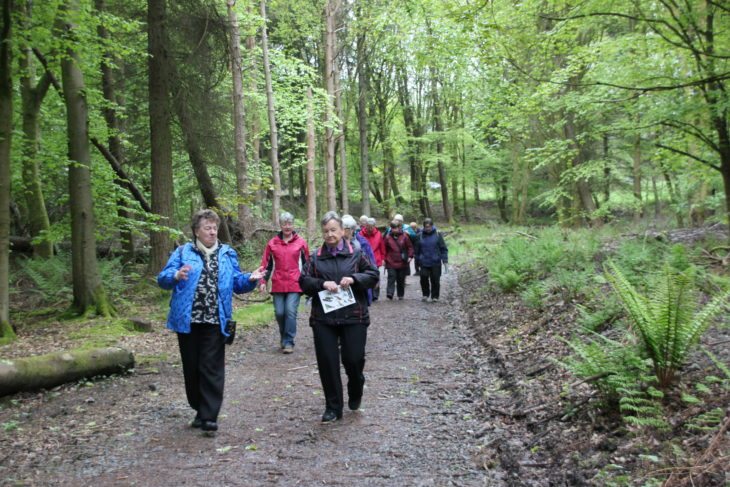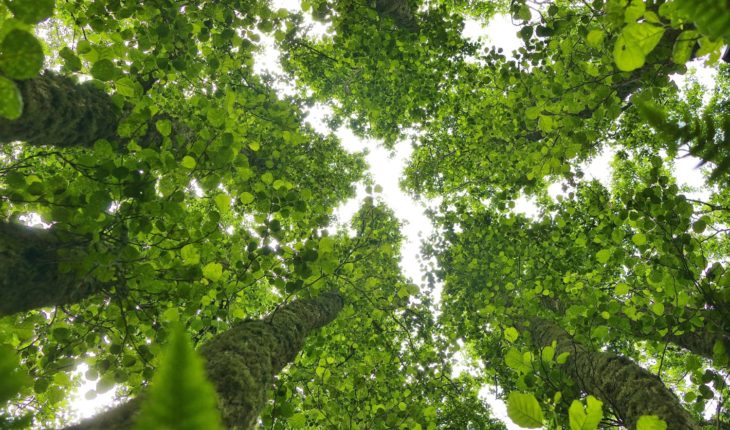Jonny Hughes: Investing in nature pays dividends
The storms which devastated parts of Scotland over Christmas and New Year three years ago cost the Scottish economy up to £700 million. The cost to the NHS of air pollution is estimated at £2 billion a year, and historic overfishing of our seas has cost us tens of billions in lost profits over many decades.

Incurring such costs also has social and environmental consequences as jobs are threatened and the natural world is damaged. So rather than spending money on fixing these problems after the fact, is there a way of stopping them happening in the first place?
Investing in the restoration and conservation of nature will help maximise these benefits and could save us all money in the long term.
This stitch-in-time approach to public policy is called ‘preventative spend’ and it can be so successful it’s a wonder why we don’t do it more often. Over the past 10 years the Scottish Government has been investing in NHS smoking cessation services, a programme that, in part, seeks to reduce the annual cost of fighting tobacco-related illnesses, which amounts to £300 million.
Last year, a report for Westminster’s All-Party Parliamentary Group on Smoking and Health found that these programmes could deliver expected returns of 1,100% over five years. Where else might we get such astonishing returns on investment of public funds?
An overlooked area for preventative spend is Scotland’s natural capital. Natural capital is essentially another term for the assets contained within our landscapes and seascapes such as air, water, soil, minerals, plants and animals. These elements combine to form ecosystems which, when in a healthy state, yield valuable flows of benefits to people including clean air and water, nutritious food, renewable energy and raw materials for infrastructure and manufactured products.
Ecosystems also provide us with many less obvious benefits – 90% of human diseases are treated with drugs derived from nature. In Scotland, we now more fully understand how woodlands and peatlands in decent ecological condition protect us from floods, lock away carbon, and help our physical and mental well-being. Investing in the restoration and conservation of nature will help maximise these benefits and could save us all money in the long term.

The Yorkshire town of Pickering has been using preventative spend as a way of tackling flooding. In 2007, during its fourth flood in 10 years, the town suffered damage to homes and businesses amounting to almost £7 million. When funding for a flood wall in the town was rejected due to a cost of £20 million, a group of local authorities, land owners and regulatory agencies, led by Forest Research, undertook a programme of planting 40,000 trees, restoring drained moorland and installing ‘leaky dams’ along streams. This investment in nature, costing just over 5% of the original £20 million budget, saved the town from the disastrous 2015 Christmas floods which inflicted an estimated £1.6 billion of damage across northern England.
Schemes like the one in Pickering are being replicated across the UK with largely positive results, but such nature-based solutions are sadly still the exception rather than the norm, despite evidence that modest investments can result in big returns. The Office of National Statistics recently reported that green spaces in cities save NHS England over £211 million from reductions of air pollution.
Another study found that a weekly 30 minute visit to a city park reduces the prevalence of high blood pressure in the population by 9% and reduces depression rates by 7%. This week, the Scottish Forum on Natural Capital and Scottish Natural Heritage will be holding a roundtable for public sector agencies on how preventative spend on natural capital could create a greener, healthier and more prosperous Scotland. You can follow its progress through on Twitter.
Jonny Hughes, Chief Executive
This article first appeared in The Scotsman on 20 November 2018.
Help protect Scotland’s wildlife
Our work to save Scotland’s wildlife is made possible thanks to the generosity of our members and supporters.
Join today from just £3 a month to help protect the species you love.
Preface
The storms which devastated parts of Scotland over Christmas and New Year three years ago cost the Scottish economy up to £700 million. The cost to the NHS of air …
